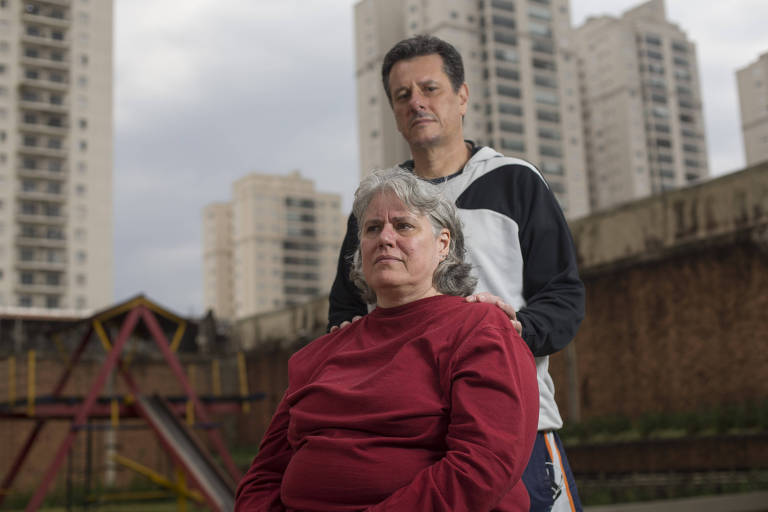Maria Eliza de Alencar, a 57-year-old doctor, died after being run over and dragged by her own car in an attempted robbery in the neighborhood of Campo Belo, in São Paulo.
Such accounts shock for their brutality and triviality with the victims’ lives. From January until July of 2018, there were 89 cases of deaths following a robbery in Greater São Paulo, a decrease of 36% in cases registered in the same period in 2017.
It's not a lot when compared to other crimes: there were 779 first-degree murders and almost 145,000 robberies - this means that only one in 1,600 robberies ended in death.
Despite being so rare, specialists say that deaths following robberies are crimes that influence the population's feeling of safety. In general, they are shocking, well reported by the press and the victims' profiles are varied -- these characteristics combined give the feeling that they are much more frequent than in reality and can happen to anyone, anywhere.
"When someone dies, this means the robbery wasn't successful. The percentage of robberies that end in murder is very low; it doesn't get to 0.1%. But everybody knows someone who has been robbed, so there is this feeling that anything can happen, when dying during a robbery is not a common occurrence at all," say Ana Carolina Pekny, research from nonprofit Instituto Sou da Paz.
A review of the historical numbers of robberies and felony murders in São Paulo show that both crimes are closely related, even if highs and lows happen in different proportions.
Translated by NATASHA MADOV
Read the article in the original language
